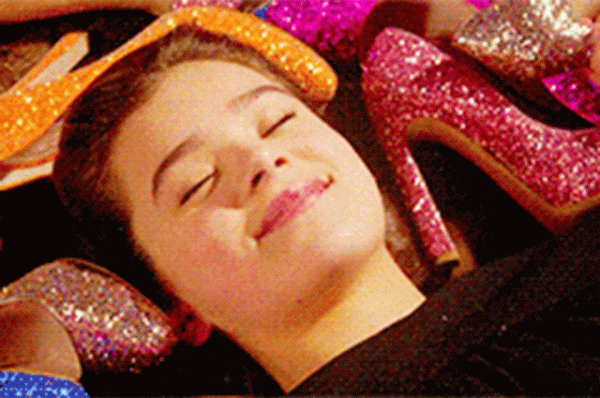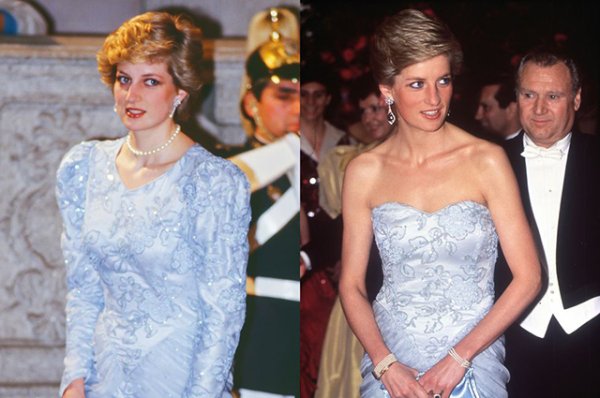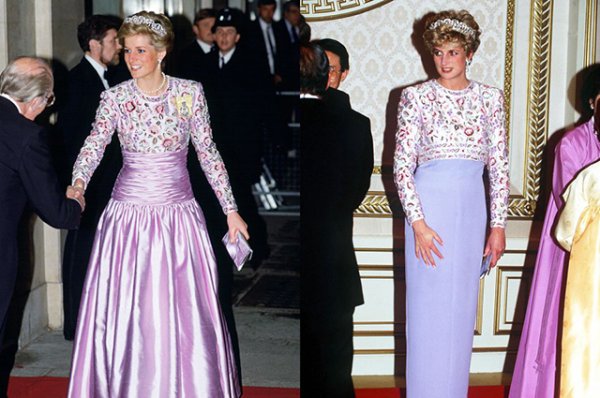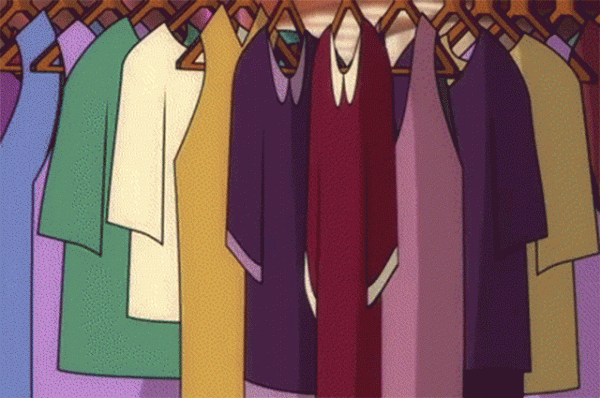
Nothing to wear and nowhere to put the two main problems of modern fashionistas. And they always come at the same time. Discussions about reasonable consumption today sometimes overshadows the debate about trends in the world of fashion, and leading brands, among them such pillars of luxury as Versace, Armani and Gucci, refuse the use of natural furs and leather, to make the stamps more environmentally friendly — because that is what attracts buyers. Whether we observe the change of consciousness or is it just another fashion trend? What it means to conscious consumption and what are the prospects for ecomoda in Russia?
SPLETNIK.RU asked about this designer Katya Dobryakova, the founder of the brand Studio, I AM Dasha, Shamkovich, creative Director of L enigme Elena Loess and designer Mila Marseille.
All the psychological training, where you learn to say “no”, talk about the bosses who dump on you extra work, or relatives, of making the weak-willed person rope, it somehow does not go about how to learn to say no to the chief adversary and the enemy of a personal budget — the inner voice. He convinces of the need of another t-shirt with a funny print says that without the fifth blue jeans in the wardrobe of life and insists on this mini dress in paillettes and feathers, which wear then, it appears, strongly nowhere.
Admit that when it comes to consumption, the mind sometimes goes to sleep. To Wake up in terror then you have news. So, 30 Oct 2018 of the next report by the world wildlife Fund (WWF), it became known that since 1970, the number of mammals, fish, birds, reptiles and amphibians fell by 60 percent! In South and Central America, the result is even worse — gone 89 percent of the animals. The ecological system of the planet is experiencing irreversible processes and fashion industry plays here not the last role, because we know that apparel manufacturing is one of the dirtiest industries.

Appeals to think about the quantity and quality of purchased items sound for a long time: to abandon mechs suggested Brigitte Bardot in the 70s and Princess Diana and had moved their outfits, giving old dresses and costumes a second life instead of having to buy a new one.
Truly acute the question about reasonable consumption rose in 2013, when the exploded Bangladesh garment factory Rana Plaza disaster claimed the lives of more than a thousand people. Began to appear a documentary about that, in some difficult conditions have to work the employees of such factories, often minors.
Earlier in the fashion world, is mostly found in individual initiatives, for example, the brand of the soloist U2 Bono Edun purchased materials from African suppliers to help the continent’s economic development, and Vivienne Westwood, who has long advocated the protection of the environment, produced bags from recycled materials, in recent years, the movement became consolidated.

Treat fashion has become easier to call itself the fashion industry. Deliberately look fashionable is a sign of bad taste, a few seasons the fashion is generally defined normcore, which in principle does not imply that you have to be dressed to the nines, all new and branded.
Many brands, and some small designer shops, and large retailers with a world name (the same Uniqlo, for example), rely at all on trends, and a strong base, offering customers clothes are practical, simple cut that will fit into any wardrobe. And the demand is there.
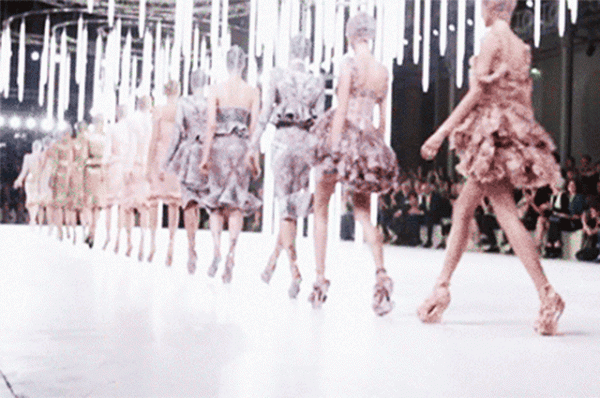
Plus, in Russia started to develop the culture second-hand. If before this word was associated more negatively (poor quality clothing weight, it’s something of poverty — such Association), now the attitude has changed: many young people go in second, who also hold, by the way, their peers, and not in a regular store for new clothes. And this is also a method of response to the cyclical nature of fashion — Yes, fashion repeats itself, it is already understood everything, but it is interesting to original: why do I need a reference jacket “in the 90s”, made yesterday in Bangladesh, when can I buy a real vintage shop or to take out of the closet from your mom?
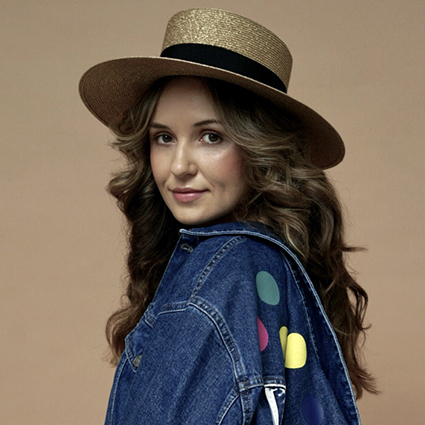 Katya Dobryakova, designer
Katya Dobryakova, designer
We have too many just a few years available fashion napokupali — mass market very quickly gives you various options of all the world’s trends, the closets are bursting, and running a small percentage of things. Clothes from fast fashion is not always quality, not to make hasty purchases, you should more carefully approach the selection. Trends change very quickly — HYIP today and tomorrow vulgarity and bad manners. And now I want to more consciously approach to the selection of things and that gets in the closet. In addition, the very popular courses of making a wardrobe based on basics such as black dress, pantsuit, high-quality coat, pumps, and so on. Evelina khromtchenko, Sasha Horns go on tour with the likes of master classes and they became very popular. That is, people were ready to organize their things and not to make further mistakes in the choice of unnecessary things. I do not think that the reduction in the consumption of clothes has occurred for some other reason, for example, awareness of the harm caused by light industry environment, still active members while very few, although they begin to appear.

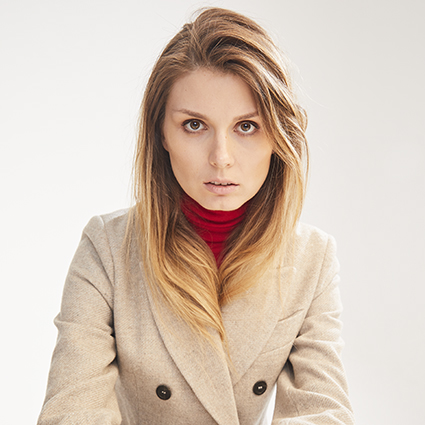 Dasha, Shamkovich, designer, founder of I Am Studio
Dasha, Shamkovich, designer, founder of I Am Studio
Society itself dictates the trend of reducing consumption. In the world there is a glut of brands, a variety of trends, ever-changing fashion. Today, you bought something, and tomorrow it is no longer fashionable. People are tired of this senseless race. Trends become very short, to invest budgets in new items becomes impractical. Consumers are returning to the classics, durability and quality. Before clothes showed status of a person, along with criteria such as house, car and so on. But now there are other criteria, for example, a healthy body, good habits, what you are really. Now, glancing at the man, it is difficult to understand to what class of society he belongs to.
Also, apart from social reasons, there are market moment. In the conditions of glut and abundance the number of brands is reduced, and manufacturers are trying to adapt their collections under these conditions. The brands have plans to manufacture a number of things and selling them. It’s getting harder and harder to guess the correct circulation, inventory and security. Therefore, there is a lot of risk, profitability falls. Manufacturers want to make money on lower retail prices and higher volume. For this you need to guess the trends, and even if you’re right, it is likely that other brands did the same thing. For example, the popular oversize jackets or trendy colors of the season. Getting a lot of similar things, and producers receive a lot of risks with the production of large volumes. Brands becomes smaller, the survival of the fittest.

 Elena Loess, creative Director of L enigme
Elena Loess, creative Director of L enigme
Conscious consumption is not just another fashionable trend, but a logical continuation of global trends on sustainability and minimalism. Low quality things out of the mass market deteriorating rapidly, easily thrown away and bought new. And so an infinite number of times. For instance, a regular shirt made of synthetics decomposes 40 years, from natural fabrics — from two to five years, the difference is impressive, right? To produce one t-shirt requires 2700 liters from fresh water — that’s how much the average man to drink for 900 days. Well-known fact: the production of clothing is one of the most “dirty” industries and disproportionately harm the environment with many industries. It accounts for 10 percent of toxic industrial discharge, and total greenhouse gas emissions from production of textiles for the year amount to 1.2 billion tons. The era of bulky closet and the pursuit of the eternal sale already bad tone. To replace the “fast fashion” comes a slow fashion (slow fashion). Conscious consumption is beginning to come into Vogue, but it’s primarily the rejection of overproduction and overconsumption. My push on the path of conscious consumption has become a documentary film The True Cost. I advise you to watch and change the mindset of consumption, tuning in to the ethical “purity of purchase.”

One of the most discussed topics in fashion now — a rejection of natural fur. With the arrival of cold weather, the discussion becomes even more relevant. Quality faux fur is getting higher — as noted by the designers today ecomex almost indistinguishable from the natural, but in many ways more practical. In addition, artificial material leaves more space for creativity and experiments, for example, with colors.

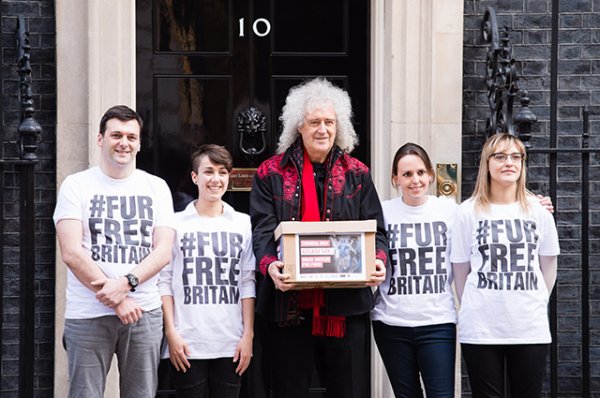 Brian may with activists
Brian may with activists
However, this trend has its downside. So, many believe that in Northern countries to do without natural fur is quite problematic, and the mass production of artificial fur can only lead to new environmental problems.

 Mila Marcel, designer
Mila Marcel, designer
Faux fur is harmful to the environment. As we know, paper bags decompose quickly, plastic a very long time. Same story with the coats. Faux fur is plastic bags, which are terribly harmful for the environment. Many green organizations are funded by manufacturers of faux fur and supported by some governments. The faux fur does not pay taxes, because Greenpeace and similar organizations enjoyed great influence and authority. And it turns out not to help the environment and the nature, and deal with his conscience. Besides the faux-fur, claiming that they do not tear the skins from animals often tear up the skins with buyers. Quality faux fur, too expensive.

However in Russia too, there’s the brands that have positioned themselves as EcoMark — we focus however until more done on the use of natural fabrics and own production in Russia. Among the pioneers of EcoMode you can call Vika Gazinskaya, which from the beginning of creating your brand just refused to use fur — her fur coats have happily worn our and foreign stars.
 Vika Gazinskaya and Dasha Veledeeva
Vika Gazinskaya and Dasha Veledeeva
Russian buyer only departed from the consumer binge fat zero, so far, only started to get acquainted with the topic of conscious consumption, but the interest is clearly there. On sustainable fashion write a lot of different publications stores of the mass market (H&M, Sela) take stuff for recycling in exchange for discounts, and brands are actively using these terms as a marketing tool — we see all these prefix “eco”, “bio”, and so forth, on packages, description of goods. The fact that if there was no demand, nobody would, of course, not trying to monetize it.

While at the global level is finding solutions for garment industry involving new materials: used not only recycled textiles, but, for example, the brand J. C. Penney announced the development of jeans to be manufactured on the 20 percent of polyester derived from recycled plastic bottles, VivoBarefoot running shoes manufactures from material obtained from processed seaweed, and a new York vegan brand VEERAH released stylish shoes made from recycled Apple peel. Adidas regularly produces biodegradable suits and sneakers made from recycled ocean debris and fishing nets.
The trend for ethical fashion, of course, also supported by many stars who, using his popularity and prestige among the fans, trying to convey the importance of smart consumption.
One of the most famous and long-standing supporters of EcoMode is Emma Watson. In 2010 she launched the page, Feel Good Style, dedicated to sustainable fashion and natural beauty, the actress also established acollection for Alberta Ferretti Pure Threads in 2011.
 Alberta Ferretti and Emma Watson
Alberta Ferretti and Emma Watson
Supermodels Christy Turlington and amber Valletta took part in the creation of films Threading: Driving Fashion Forward, telling about the factories where are made the collection, and about the conditions of workers, to draw public attention to what is behind the mindless consumption.
Actress Olivia Wilde, model Natalia Vodianova, actress and singer Vanessa Paradis — all in different years cooperated with H&M as part of their cocoletzi Conscious.
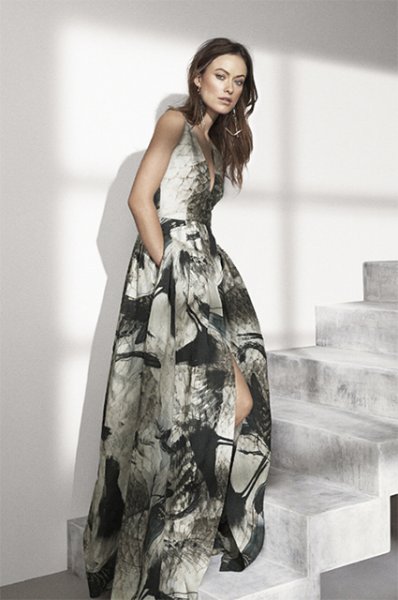 Olivia Wilde in a campaign for H&M
Olivia Wilde in a campaign for H&M
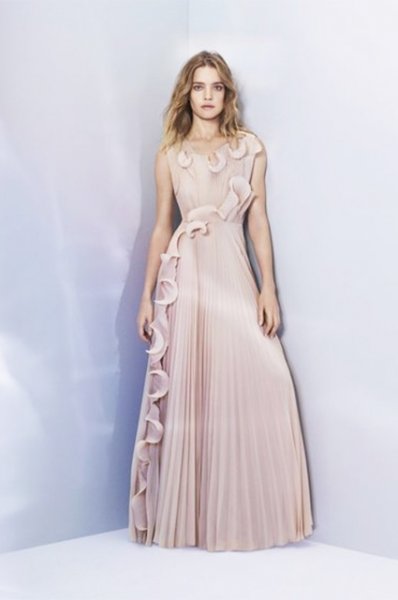 Natalia Vodianova in a campaign for H&M
Natalia Vodianova in a campaign for H&M
Amber Valletta in ecoplate from H&M taffeta petals from organic silk and plastic sequins appeared at the Met Gala in 2016.
Brand Gwyneth Paltrow’s Goop has released a line of shirts made from organic fabrics, and the money from the sale of each were transferred to planting of trees in the national Park Tahoe in California. In addition, Paltrow collaborated with Stella McCartney, one of the most famous supporters of eco-friendly approach to fashion (this year, the brand has released, for example, vegan shoes, and in 2007 she was one of the first to support the project “week of green”).
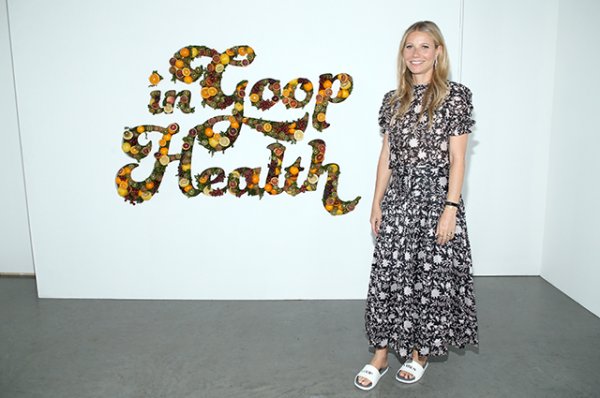 Gwyneth Paltrow
Gwyneth Paltrow
And how do you think the transition to a reasonable consumption is a temporary trend or is it a new stage in the development of the industry? If you are yourself trying to buy less things to go in a second-hand or give away clothes to charity and recycling?
